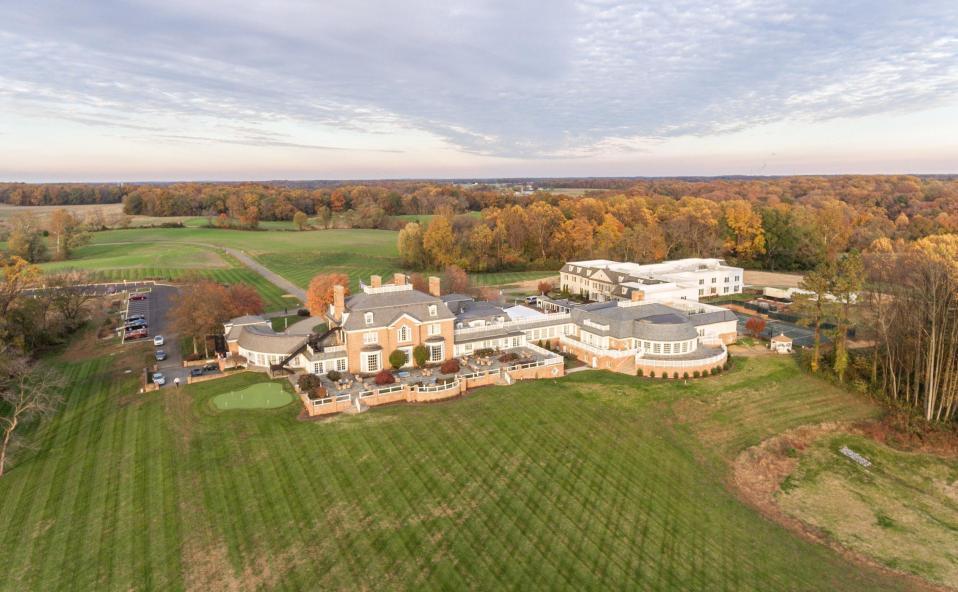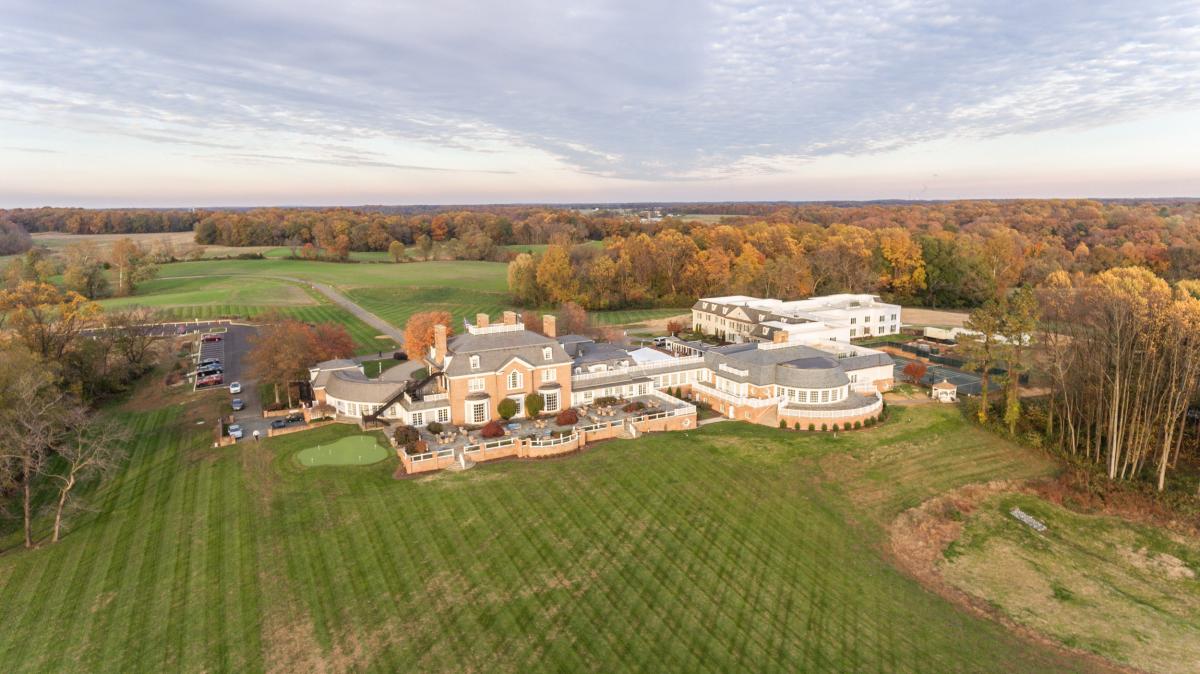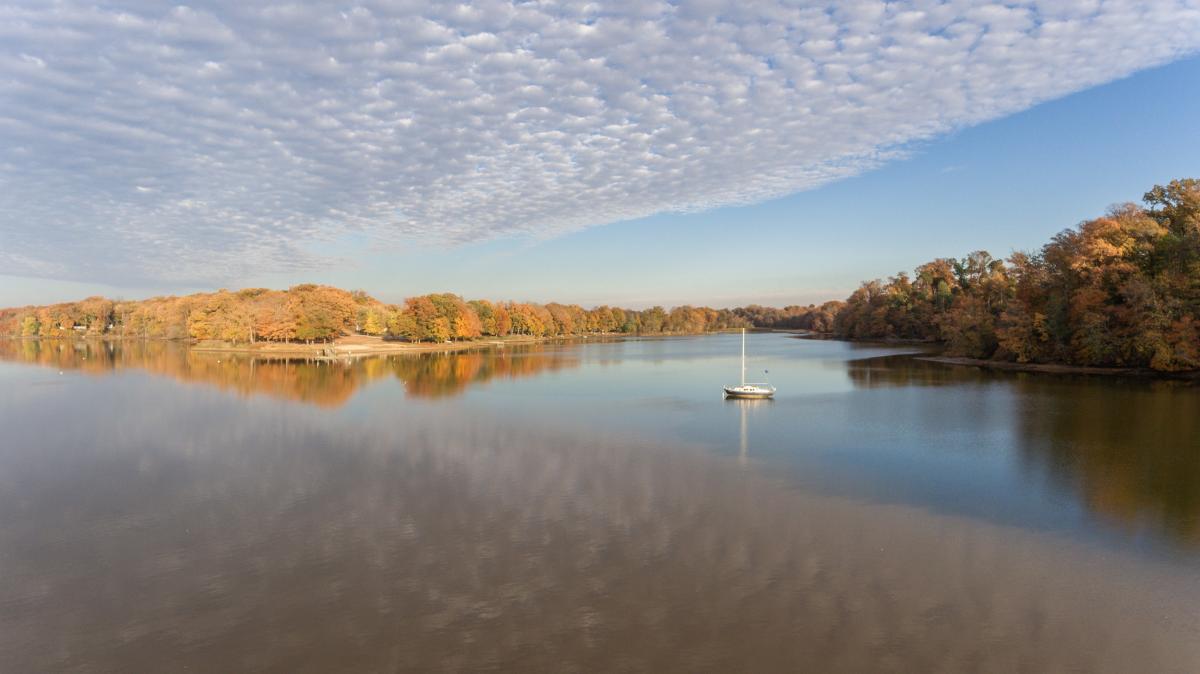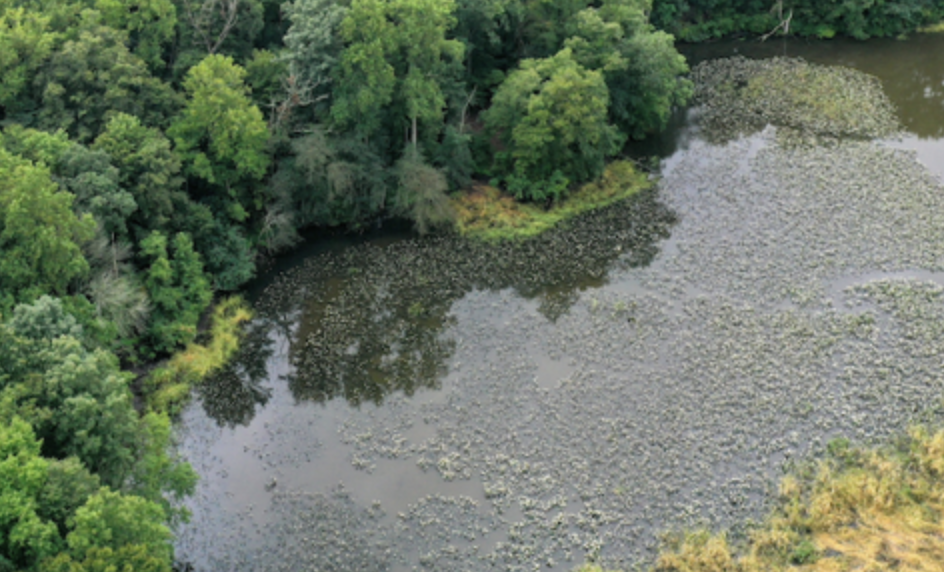 The Eastern Shore Land Conservancy (ESLC) is excited to announce a new conservation easement in Dorchester County. The property, owned by Ed “Biff” Burns, protects 589 acres of land southeast of Cambridge. The permanent protection of the property helps to secure the agricultural and natural resources of the region, with approximately 227 acres planted in grain and 363 acres held in woodlands, with many qualifying as forested wetlands. The woodlands are especially important, as they provide significant habitat for Forest Interior Dwelling Species (FIDS), including woodpeckers, thrushes, and nuthatches, as well as Delmarva fox squirrel.
The Eastern Shore Land Conservancy (ESLC) is excited to announce a new conservation easement in Dorchester County. The property, owned by Ed “Biff” Burns, protects 589 acres of land southeast of Cambridge. The permanent protection of the property helps to secure the agricultural and natural resources of the region, with approximately 227 acres planted in grain and 363 acres held in woodlands, with many qualifying as forested wetlands. The woodlands are especially important, as they provide significant habitat for Forest Interior Dwelling Species (FIDS), including woodpeckers, thrushes, and nuthatches, as well as Delmarva fox squirrel.
Mr. Burns grows grain in Dorchester and Wicomico Counties. Dr. Candy Burns, Biff’s late wife, was a driving force behind conserving the farm, a goal that Biff remained steadfast in honoring even after her passing in 2021. He hopes that the farm will continue to be enjoyed as a great place for farming and hunting for he and his family.
ESLC would like to thank the Burns family for its contribution to regional conservation. We’d also like to recognize and thank our partners in this endeavor: the U.S. Navy and the U.S. Fish and Wildlife (via the North American Wetland Conservation Act; NAWCA). Their technical and financial assistance was key to securing this beautiful farm for generations to come.
To learn about conservation easement programs, including whether your property may qualify, please contact ESLC’s director of land conservation, David Satterfield, at [email protected].
To learn more about the U.S. Navy Conservation Program in Maryland, check out the Readiness and Environmental Protection Integration (REPI) program page at: https://www.repi.mil/. To learn more about the NAWCA program, check out their home page at: https://www.fws.gov/program/north-american-wetlands-conservation.

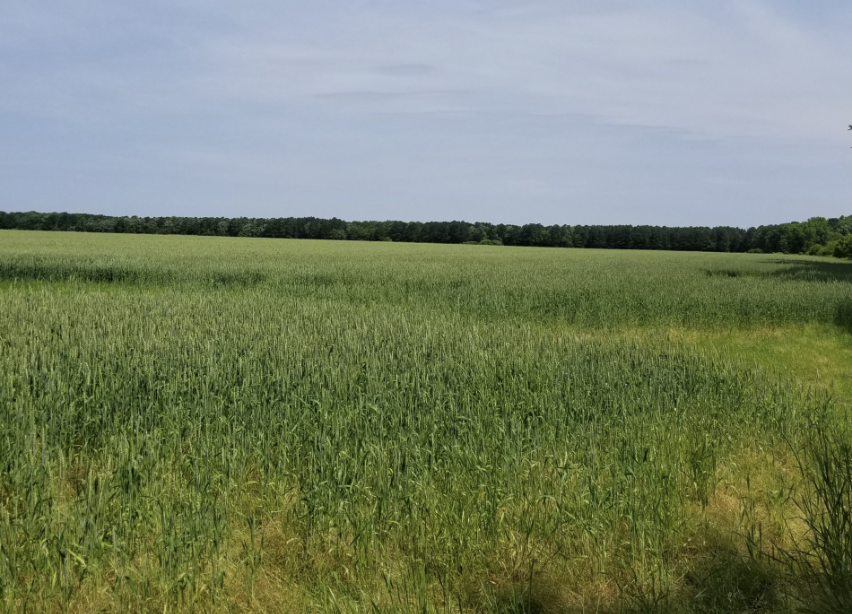
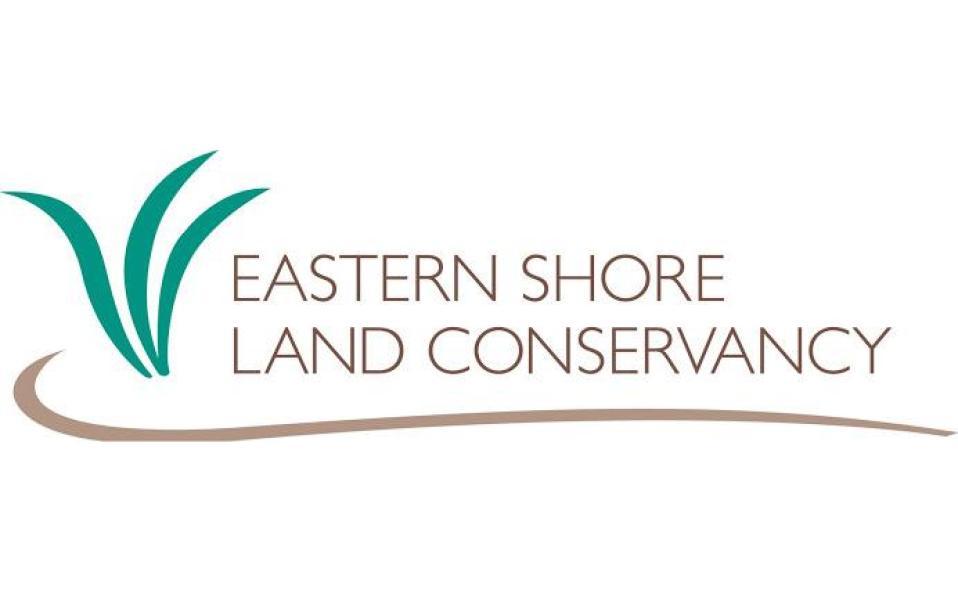

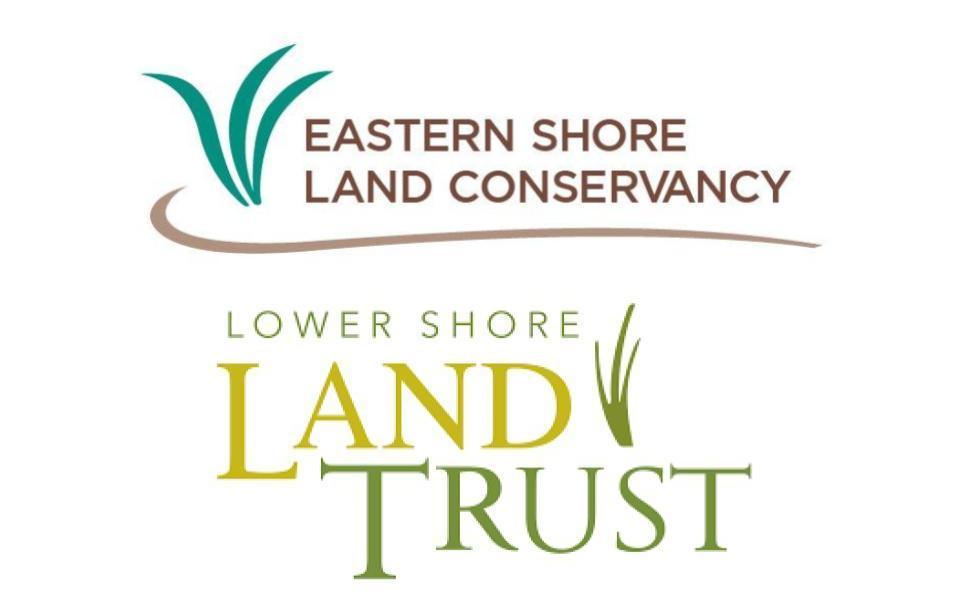


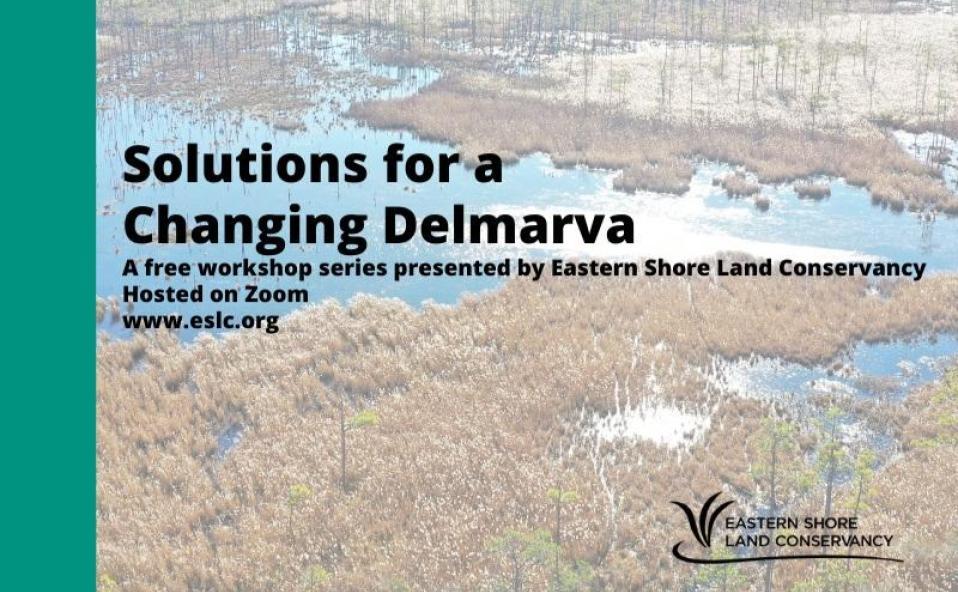
 The purpose of this project is to directly engage public and private audiences in order to build regional public support for climate adaptation solutions. The Eastern Shore of Maryland is the country’s third most vulnerable region to sea level rise, behind south Florida and Louisiana. Because of the threats of increased flooding, the loss of properties, and widespread ecological impacts, ESLC is working with communities to take action on these threats today.
The purpose of this project is to directly engage public and private audiences in order to build regional public support for climate adaptation solutions. The Eastern Shore of Maryland is the country’s third most vulnerable region to sea level rise, behind south Florida and Louisiana. Because of the threats of increased flooding, the loss of properties, and widespread ecological impacts, ESLC is working with communities to take action on these threats today.